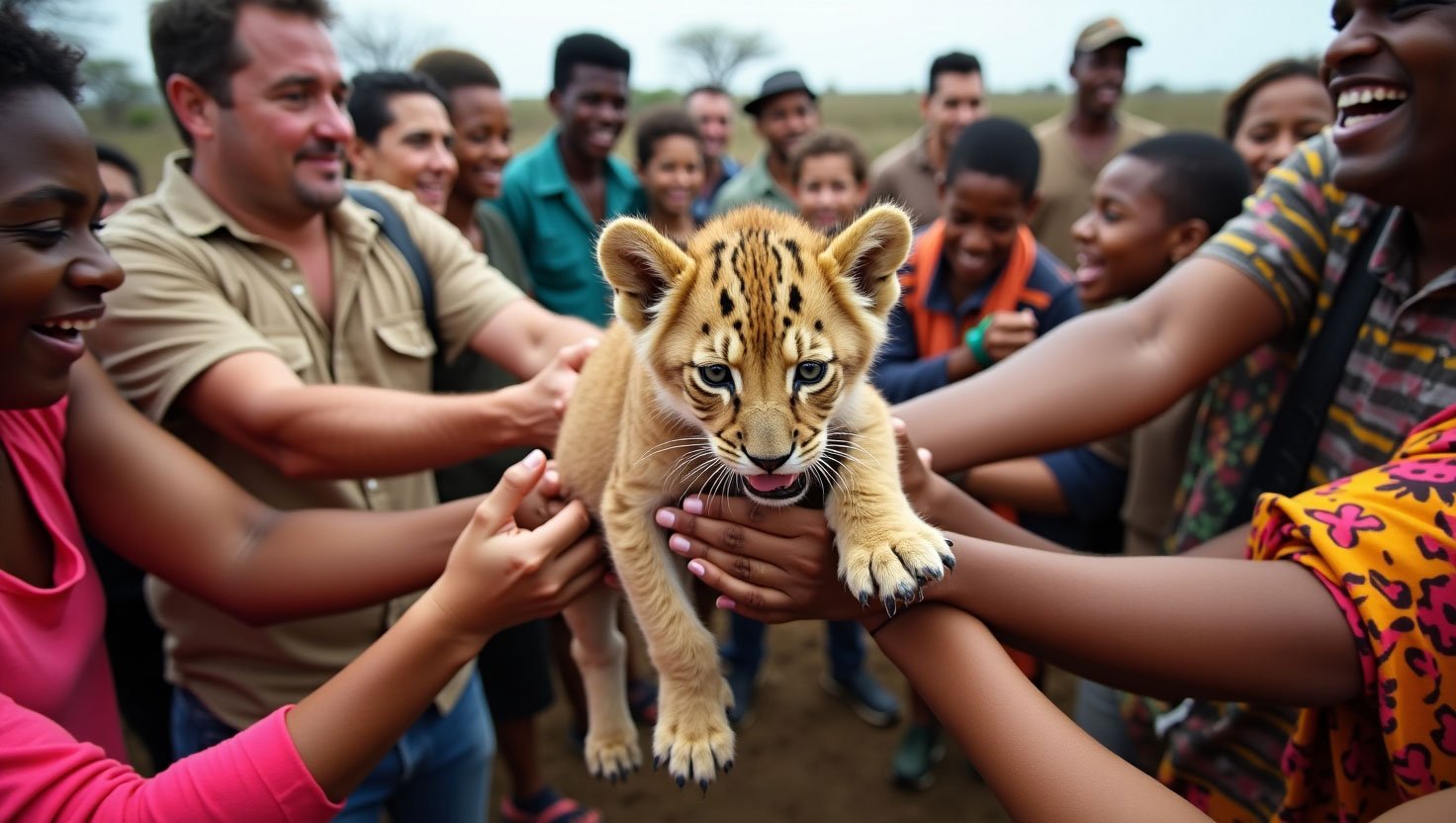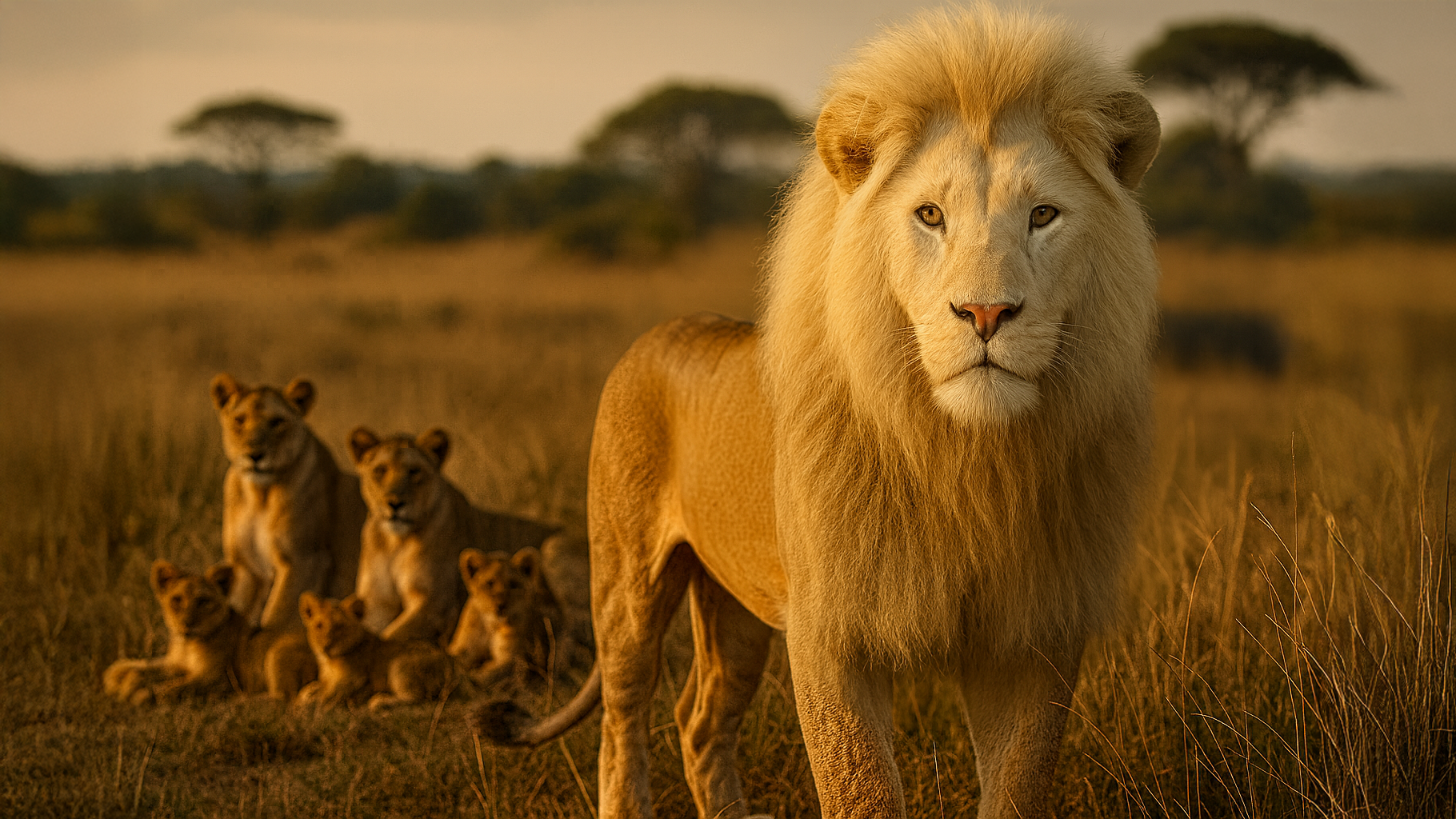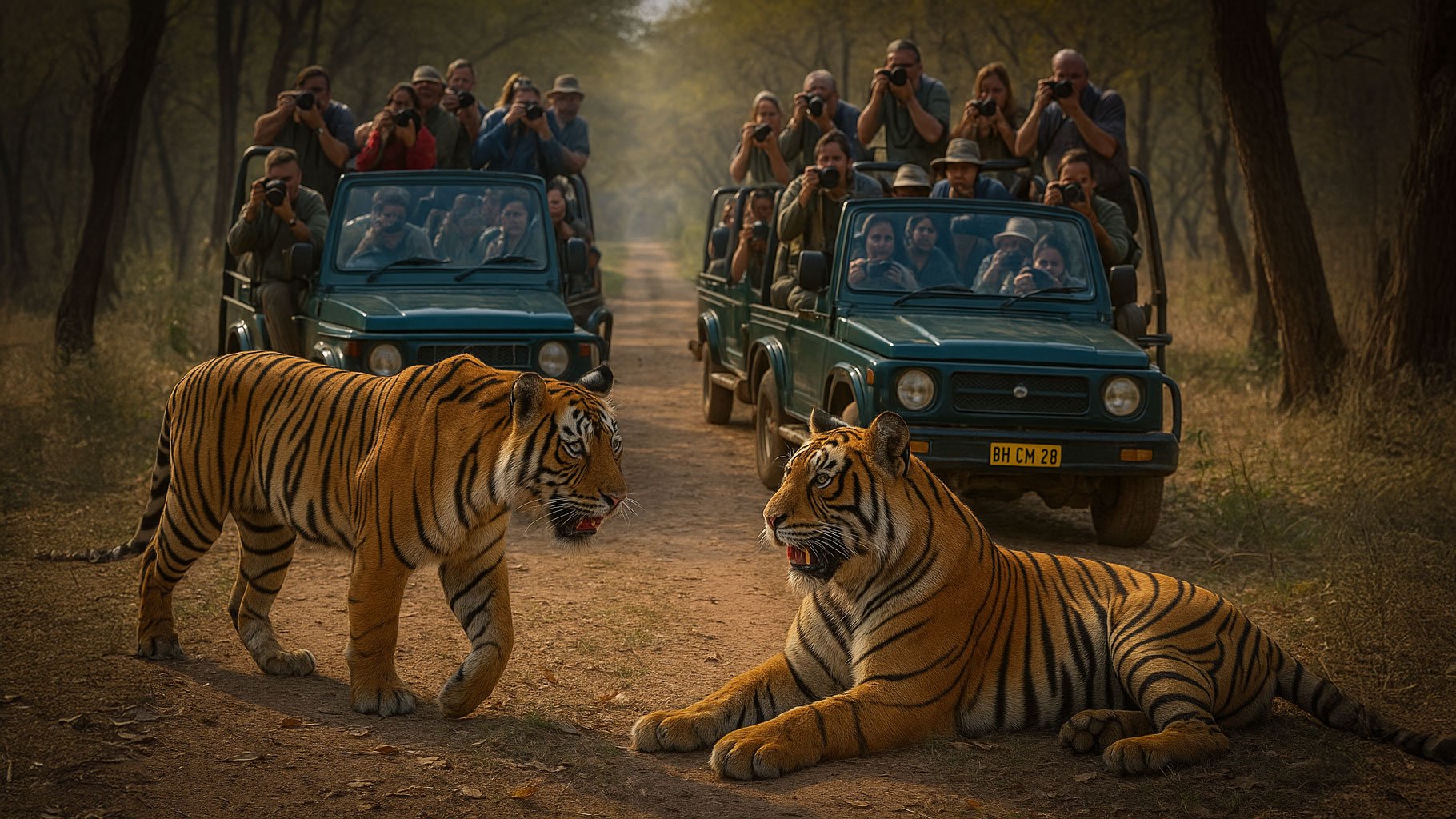Guardians of the Wild: The Imperative to Protect Our Majestic Wildcats
Lion, leopard and caracal ChatGPT AI
In the vast tapestry of our planet's biodiversity, wildcats have always held a position of reverence and intrigue. From the regal lions of Africa to the elusive tigers of Asia, these magnificent creatures have not only graced our ecosystems but have also been deeply embedded in human culture and history. Yet, beneath their majestic allure lies a troubling narrative of exploitation and trade that threatens their very existence.
The Global Trade of Wildcats: A Deep Dive
Recent analyses of data from the Convention on International Trade in Endangered Species of Wild Fauna and Flora (CITES) have shed light on the extensive trade involving wildcats. Between 2000 and 2024, over 52,000 trade permits were issued for various wildcat species. Leading this list are lions, with 10,401 permits, followed closely by leopards (8,273 permits), bobcats (5,393 permits), Canada lynx (4,348 permits), and tigers (3,884 permits).
The motivations behind this trade are multifaceted. Lions, for instance, are often hunted as trophies, their bones and claws sought after for medicinal and commercial purposes. Leopards face relentless poaching for their skins and body parts. Bobcats and Canada lynx are primarily targeted for their fur, while tigers are exploited for their bones, skin, and other body parts, often ending up in traditional medicine markets.
The Human Connection: Stories Behind the Numbers
Consider the story of the African lion, a symbol of strength and courage. In South Africa, lion bones have become a substitute for tiger bones in traditional medicines, leading to an uptick in lion poaching. The U.S. emerges as a significant importer of lion products, highlighting a global demand that spans continents.
Then there's the plight of the leopard. With a staggering 75% loss of their historic range due to habitat destruction, these cats are further imperiled by illegal hunting. In India alone, it's estimated that four leopards are killed each week for the illegal trade.
Challenges in Monitoring and Enforcement
While CITES plays a pivotal role in regulating international wildlife trade, challenges persist. Discrepancies in data reporting, false declarations, and misrepresentation of wild-caught individuals as captive-bred create loopholes that traffickers exploit. For instance, the trade of Canada lynx pelts between Canada and the U.S. revealed significant mismatches in reported numbers, underscoring the complexities of monitoring and enforcement.
A Call to Action: How You Can Make a Difference
The narrative of wildcats is not solely one of despair. It's a call to action for each of us. By supporting organizations like Big Cat Rescue, dedicated to the conservation and rehabilitation of these majestic creatures, we can contribute to a future where wildcats thrive in their natural habitats. Beyond donations, being a responsible global citizen—advocating against illegal wildlife trade, supporting sustainable practices, and raising awareness—can drive meaningful change.
Conclusion: Embracing Our Role as Stewards
Wildcats are more than just symbols of wilderness; they are integral to the health and balance of our ecosystems. Their survival is intertwined with our actions and choices. As stewards of this planet, it's incumbent upon us to ensure that these magnificent creatures continue to roam the wild landscapes, inspiring awe and maintaining the natural harmony of our world.
Read more: https://news.mongabay.com/2025/04/what-do-cites-data-tell-us-about-the-legal-wildcat-trade/













